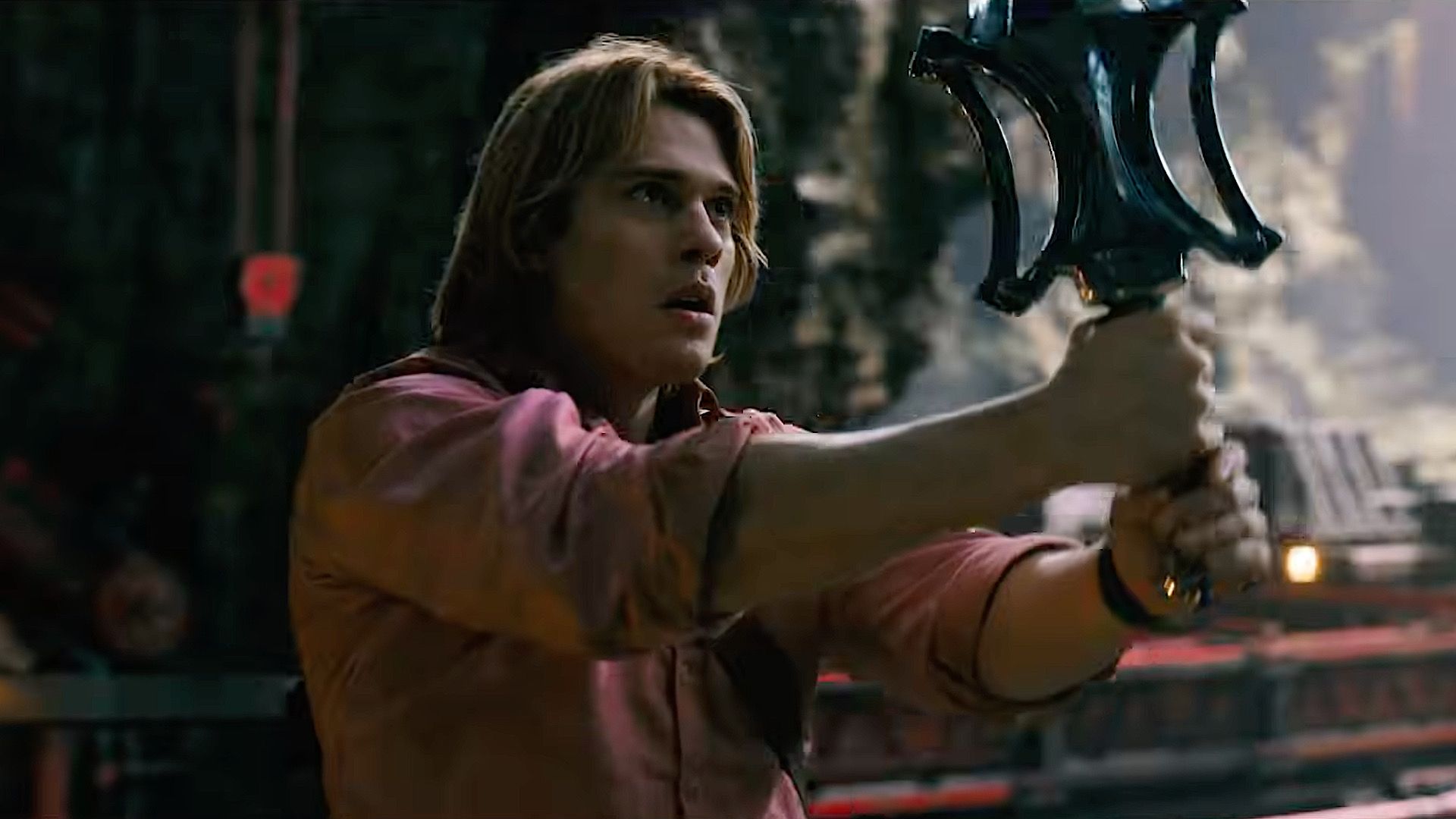Laguna Beach stars are all having babies! Two decades after their wild teen years played out on the MTV show Stephen Colletti reveals his wife his pregnant days after Lo Bosworth announced birth of her daughter

Twenty years after the popular MTV show that pioneered ‘scripted reality’ TV ended, its stars are starting families. In the last week alone, two of the original cast members have announced they’re expecting babies.








